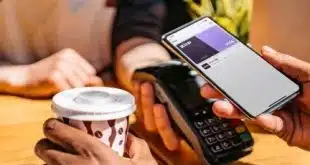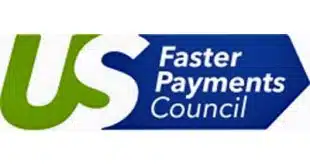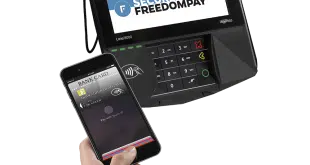If you look beyond the horizon, you’ll see that physical money is gearing up for a roaring comeback. There are two reasons for this. The first reason is the stubborn requirement for the newly designed central bank digital currencies: the requirement of trading continuity.
A material coin does not vanish when communication is disrupted. But the coins and banknotes of today have a very low denomination ceiling. There are no $1000 coins and no $100,000 banknotes. This limitation is imposed by technology. High-denomination coins encourage criminals to invest in counterfeiting. For trade with physical money to flow, it is necessary for the payee to be able to authenticate the payment on the fly. Counterfeiting technology can fool enough people. So the only way to stop counterfeiting is to limit the value of a physical coin or banknote to less than the cost of counterfeiting.
Modern $100 bills feature several sophisticated security measures to maintain a tolerable balance with counterfeiting, but we don’t yet have the technology to go higher, as 3D printing technology serves both the mint and the counterfeiter. But this balance is about to tilt.
Different materials have different electrical conductivity. A lump of matter built from a random selection of materials of varying conductivity will yield a random conductivity reading taken from two random points on the lump. Millions of conductivity measurements can be carried out over millions of groups of points on such a lump.
What we cannot do is to take millions of conductivity readings and build a lump of matter that would comply with these millions of measurements. A given randomized input can mint a physical coin with millions of randomized measurements, but given these millions of randomized measurements, it is impossible to build a coin to suit.
Now, borrowing the Bitcoin idea of a public ledger, a mint will mint a coin denominated for, say, $5,000, assign a serial number to this coin, and publish a distributed ledger listing, say, thousands of conductivity measurements of the particular coin. A payee who downloads this ledger when the Internet is up and running will be able to measure the claimed coin and compare these measurements to the listing on the downloaded public ledger. If the readings match, the coin is authentic.
Same for wallets. A payee could readily authenticate a claimed physical wallet and trust the digital money it releases to the payee.
Unlike the prevailing off-line trading solutions, this randomness-based idea offers instant settlement. The moment the payee takes possession of this $10,000 coin, the money moves. While it lacks the convenience of online trading, this solution is durable, and can sustain society with payment continuity even when the Internet remains disrupted for a long time.
And one more thing: When the Internet is on, the mint can remove a given coin from that ledger and call upon the current owner to come forth and identify himself or herself—and, if this is a million-dollar coin, also explain how he or she got it. This recall option is a new twist for physical cash and a knockout punch to the underground economy.
A whole genre of books, obituaries for physical cash, will have to be recalled. People are going to keep carrying coins in their pockets and pay with physical cash, even while the Internet is on. A physical coin transacts without government surveillance and with complete mutual anonymity, if so desired, between payor and payee. That’s why privacy-driven physical cash is coming back with a vengeance.
Technology has taken, and technology gives back. For more technology, see: www.bitmintcash.com/doqumint
—Gideon Samid gideon@bitmint.com




